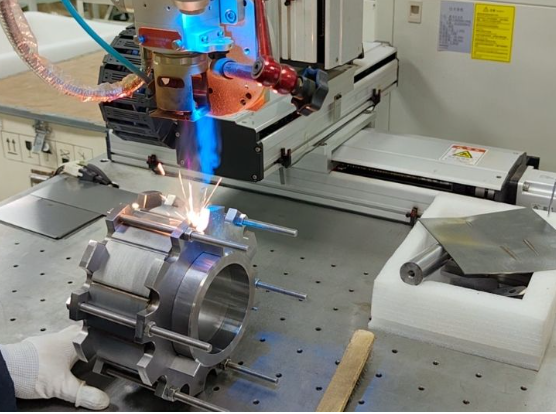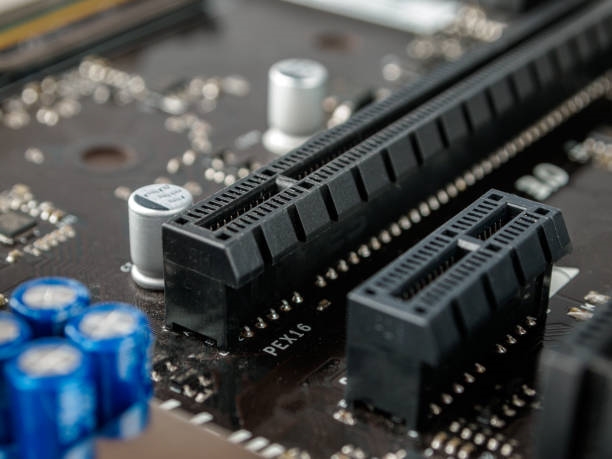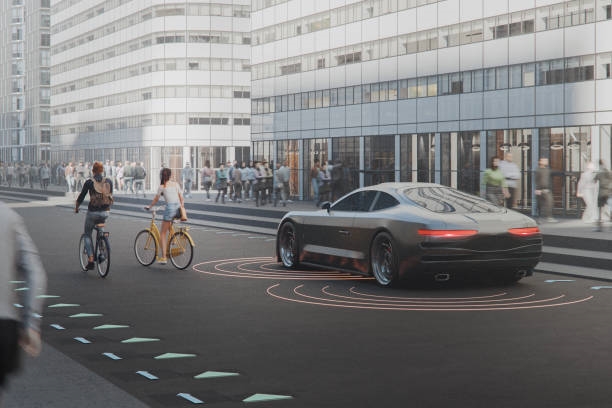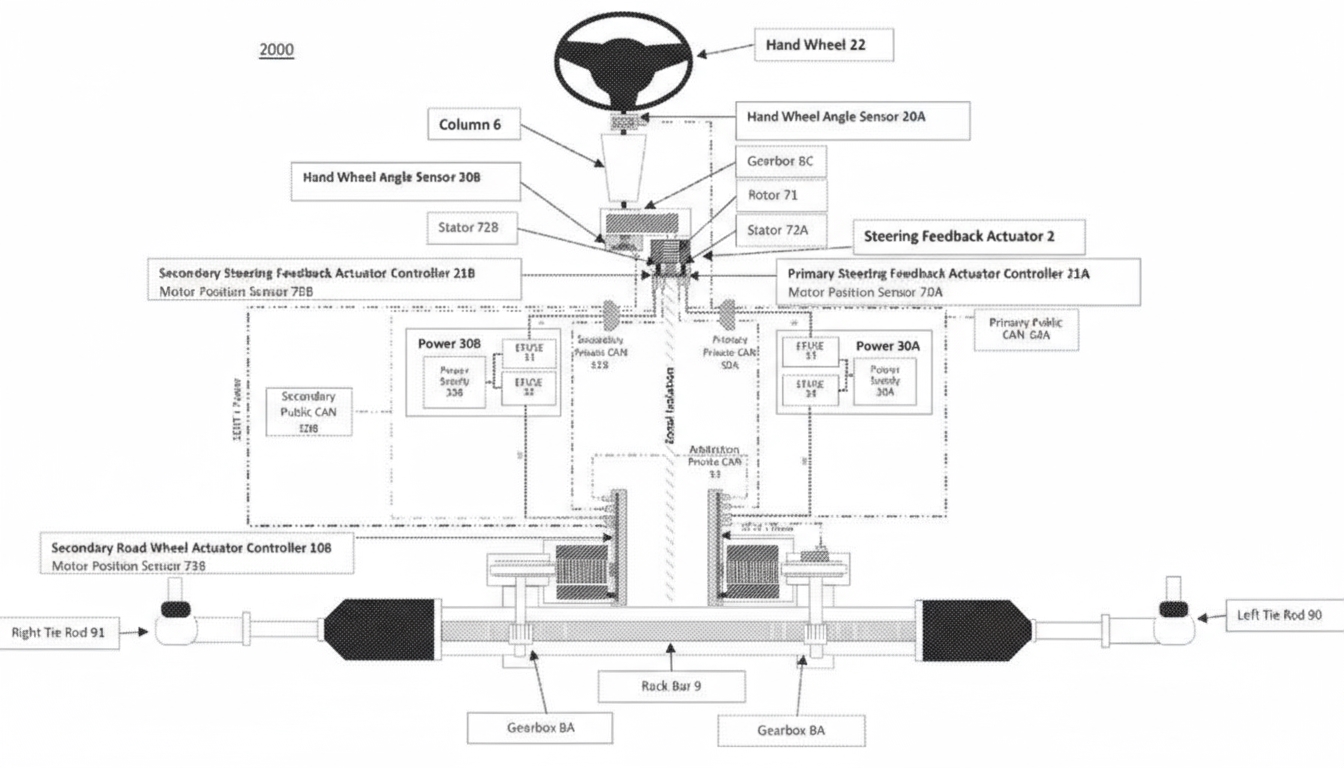Overview
According to the different arrangements of coil sides inside stator slots, motor windings are classified as single-layer winding, double-layer winding, and single-double hybrid winding. The main types are described below.
1. Single-layer winding
Definition: Each stator slot contains only one active coil side, so the total number of coils equals half the total number of slots.
Advantages:
- Fewer coils, which simplifies manufacturing.
- No interlayer insulation required, resulting in higher slot fill factor.
- The single-layer structure prevents inter-phase breakdown faults.
Disadvantages: The winding produces a less ideal electromagnetic waveform, leading to higher iron loss and noise, and slightly poorer starting performance.
Application: Typically used in small-capacity induction motors.
Variants:
- Chain winding: Composed of single-layer coils with the same shape and width, linked one after another like a chain. Common in small three-phase induction motors with a small number of slots per pole per phase. Advantages include uniform coil size, convenient manufacturing, allowance for short-pitch coils, and relatively short end-windings.
- Crossed chain winding: Arranged similarly to chain winding but with unequal numbers of coils and unequal coil pitches within a pole-phase group. Used when the number of slots per pole per phase is an odd number greater than 2 and chain winding cannot be arranged; it employs a mixture of single and double coils.
- Concentric winding: Within the same pole-phase group, coils of different pitches are arranged concentrically around the same center. Mainly used in 2-pole induction motors. It simplifies lead routing, staggers end-windings of the two coil groups in the same phase, reduces overlap, and improves cooling.
- Crossed concentric winding: Used when the number of slots per pole per phase is an even number greater than 2. Advantages include simpler winding and insertion; disadvantages include long end-windings that consume more conductor. It is now rarely used outside small 2-pole or 4-pole motors.
2. Double-layer winding
Definition: Each slot contains two coil sides. One coil side of a given coil is embedded in the lower layer of a slot, while the other coil side is placed in the upper layer of another slot. The number of coils equals the number of slots.
Advantages:
- Allows selection of the most favorable coil pitch and use of distributed windings to improve induced EMF and MMF waveforms.
- Fractional-slot windings can be used to suppress higher harmonics.
- Electromagnetic performance, torque characteristics, and starting behavior are better than single-layer windings.
- All coil pitches are uniform, simplifying winding processes.
- End-windings deform less and are easier to shape; neat end-winding arrangement aids cooling and increases mechanical strength.
Disadvantages:
- Contains twice as many coils as single-layer, increasing labor for insertion.
- Embedding coil sides of different phases in the same slot increases the risk of short-circuit faults compared with single-layer windings.
- Requires interlayer insulation and results in lower slot fill factor.
Application: Suitable for larger-capacity motors; medium and large motors generally use double-layer winding.
Variants:
- Double-layer lap winding: Each slot contains two coil sides arranged in upper and lower layers. The two sides of a coil occupy the upper and lower layers of two slots determined by the coil pitch. During winding, any two adjacent coils are such that the subsequent coil is tightly stacked above the previous one. Widely used in stator and rotor windings of three-phase induction motors.
- Double-layer wave winding: Coils are typically single-turn and advance in a wave-like manner along the winding direction. A coil is connected in series with the coil under the same magnetic polarity of the adjacent pole, which reduces inter-coil connection lines. This is often used in hydroelectric generator electrical windings and in wound-rotor windings of induction motors. However, wave winding coils are often formed from flat copper conductors bent into shape, making manufacturing more complex.
3. Single-double hybrid winding
Definition: Essentially a variant of a short-pitch double-layer winding. Same-phase upper and lower coils in the same slot are merged into single-layer sides by removing the interlayer insulation strip; slots that have different-phase upper and lower coil sides remain double-layer. The end-windings are reconnected according to current flow to form the hybrid winding.
Advantages: When applied appropriately, hybrid windings can improve motor efficiency, reduce temperature rise, improve starting characteristics, and save conductor copper.
Notes:
- The hybrid winding is best derived from an equivalent transformation of a double-layer lap winding; it is not recommended to convert from a single-layer winding because that reduces the fundamental winding factor and requires rewinding and reinsertion, which is time-consuming.
- Windings with slots per pole per phase ≤ 2 are not recommended for conversion to hybrid form, since coil pitch cannot be reduced and no material or energy savings are achieved.
- Fractional-slot windings (denominator ≥ 4) are also not recommended for conversion to hybrid form, because the asymmetric distribution between phases and pole groups makes winding and insertion inconvenient and the average pitch will not be shorter than that of the double-layer winding.
4. Comparison
- For certain requirements such as pole changing, double-layer winding can achieve functions that single-layer winding cannot.
- Double-layer winding can be more economical than single-layer winding in some cases.
- At critical low voltages, double-layer winding may allow starting while single-layer winding may not.
- Because the upper and lower layers in a double-layer winding are sometimes of different phases, single-layer winding can have better phase-to-phase insulation than double-layer winding.
 ALLPCB
ALLPCB







